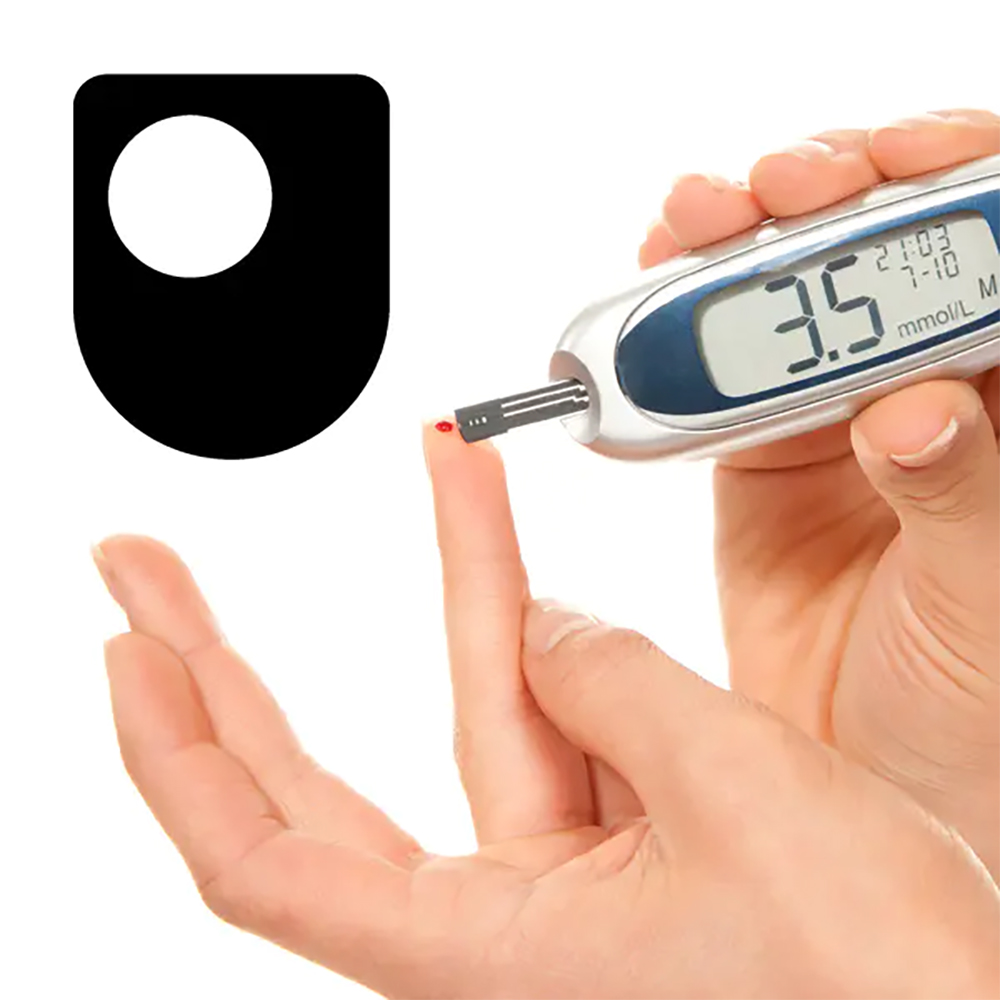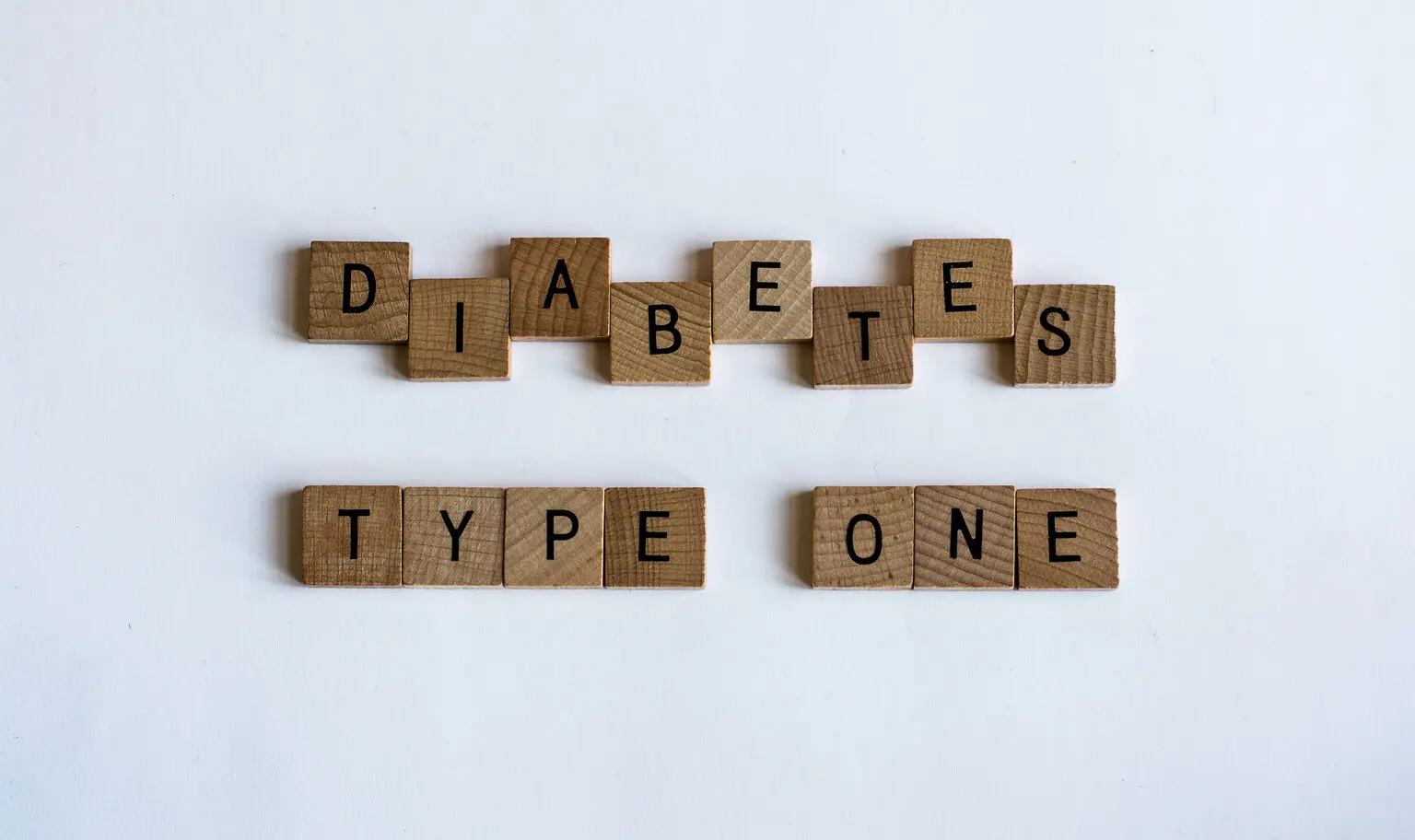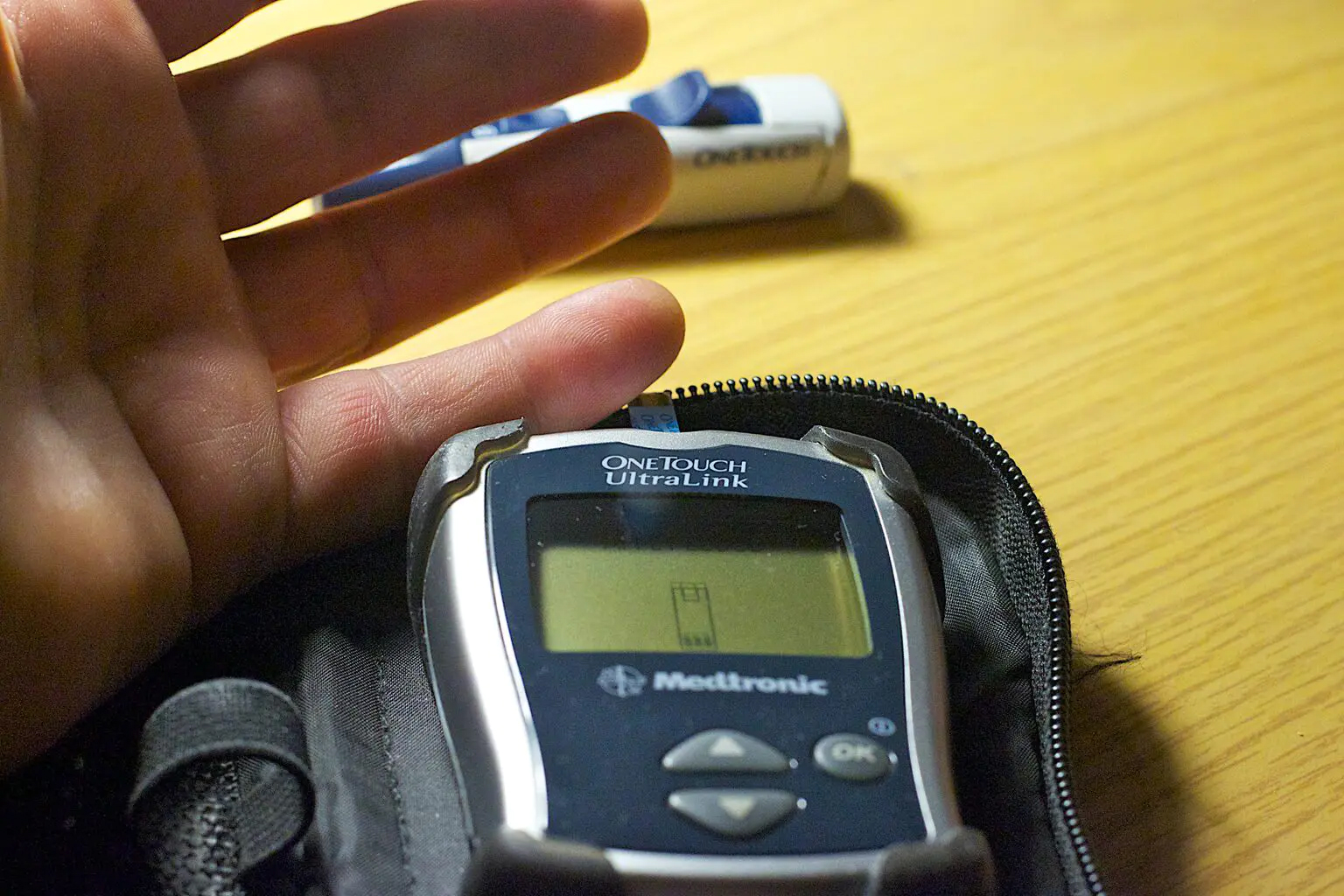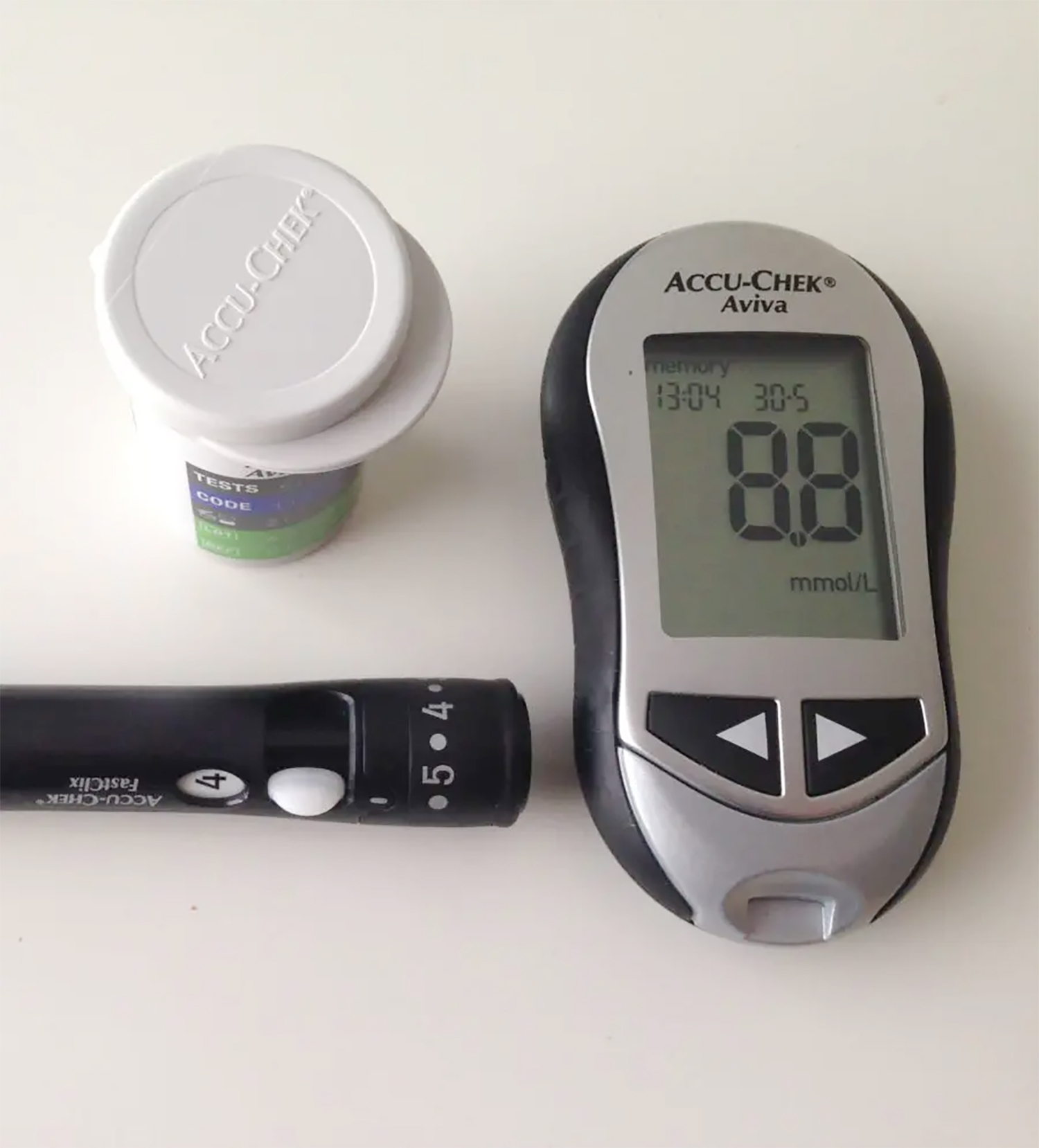SPOTLIGHT
90-60-50 – can South Africa meet its diabetes targets, and would we know if we did?

Diabetes rates in South Africa are anticipated to keep rising in the coming years as the country’s health burden slowly shifts from infectious diseases such as HIV and tuberculosis towards non-communicable diseases. The relevant government strategy sets three key diabetes targets. Elri Voigt spoke to several local experts about these and South Africa’s prospects of meeting them.
South Africa has the highest prevalence of diabetes in Africa, according to the International Diabetes Federation (IDF). In 2021, an estimated one in nine adults in the country had diabetes and one in three were at high risk of developing Type 2 diabetes, which accounts for about 90% of cases in the country.
There are two kinds of diabetes: Type 1, an autoimmune condition someone is born with, normally caused by an abnormality in the pancreas; and Type 2, which generally occurs as a consequence of a sedentary lifestyle, inactivity and eating unhealthy food. It is also seen in older people who develop a resistance to insulin. There is also what is known as gestational diabetes, which develops during pregnancy, which could be permanent or go away after birth, and puts women at high risk for developing Type 2 later in life. In the article below diabetes refers to Type 2.

South Africa has the highest prevalence of diabetes in Africa, according to the International Diabetes Federation. (Photo: Bradley Johnson / Flickr)
The 90-60-50 targets
South Africa’s National Strategic Plan (NSP) for the Prevention and Control of Non-Communicable Diseases (NCDs) (2022-2027) sets three targets for diabetes, using a cascading approach to measure how well the country is doing on screening, treating and controlling diabetes. This is similar to the much-quoted Unaids 90-90-90 targets for HIV. Spotlight recently reported on a similar set of targets for hypertension.
South Africa’s targets for diabetes are:
- 90% of people over 18 should know whether they have raised blood glucose levels;
- 60% of people with raised blood glucose levels should receive interventions; and
- 50% of people receiving interventions for diabetes should have controlled blood glucose levels.
‘Step in the right direction’
Professor Bob Mash, a family physician and head of the Division of Family Medicine and Primary Care at Stellenbosch University, says he likes the plan, that it’s well written with nice targets, but that the issue will be whether or not it materialises into action and improvement. He adds that NCDs, specifically diabetes, haven’t received as much attention and resources as communicable diseases such as HIV and TB, and this needs to change for progress to be made in meeting the targets.
The targets are a step in the right direction, and it is essential to have clear targets to assess where the country stands and what it needs to achieve to reduce the burden of diabetes, according to Professor Andre Kengne, the director of NCD research at the South African Medical Research Council (SAMRC). He was part of the planning committee for this version of the NSP.
He adds that the targets as they stand are merely a starting point and will need to be assessed and improved on at a later stage.
However, he points out that if nothing is done to prevent the millions in the country who have pre-diabetes – meaning they are at high risk for progressing to Type 2 in future – from progressing to diabetes, we’ll forever be chasing the targets set out in the NSP.
“If we are acting on detecting people with diabetes and treating them while doing nothing for those who are at risk currently, then we’re not going to succeed. Ethically, it’s fundamental in my view that whatever we are doing should be coupled with action to prevent diabetes,” he says.

In 2021, an estimated one in nine adults in South Africa had diabetes and one in three were at high risk of developing Type 2. (Photo: The Open University)
Professor Naomi (Dinky) Levitt, director of the Chronic Disease Initiative for Africa, tells Spotlight that at a national level, there are many good policies, but if the implementation at a provincial level doesn’t happen a plan like this won’t make a difference.
“If you don’t have the wherewithal to make sure that implementation takes place and at so many different levels, you’re not going to see a difference,” Levitt says. “The National Strategic Plan talks about people-centeredness. What we need to do is actualise those sentiments so that we healthcare providers have a system in place that enables people to have the best outcome, and we don’t [currently],” she says.
Screening: 90% of people over 18 should know whether they have raised blood glucose levels
Kengne quotes IDF figures indicating that in 2021 about 4.2 million people in South Africa had diabetes but only about 55% of them had been diagnosed – far below the 90% target.
Currently, he says the country relies mostly on a hospital-based model of detecting diabetes using opportunistic screening.
“But if you’re sitting with currently only around 55% detected, it means that that approach is not reaching everyone,” he says. As Spotlight previously reported in depth, South Africa does not have a mass screening programme for diabetes.
Kengne suggests moving screening from just the hospital setting to the community by using a “two-stage approach” where community healthcare workers screen for diabetes in the community by identifying those with common risk factors for the disease, such as those who are older, are obese, have hypertension, or have a family member with diabetes, and testing their blood sugar levels with a handheld glucometer. If the reading is high the patients will be referred to a primary care clinic for further testing – ideally with a fasting glucose test and eventually an oral glucose tolerance test.
To reach the 90% target, community-oriented primary healthcare would need to be improved so there are opportunities for household-level screening, according to Mash. “Obviously, there’s a lot of technical issues around that and around the competency of community health workers and so on to do that,” he says. “To be honest, you know the evidence that that sort of screening for diabetes leads to better outcomes is also not that solid.”

In 2021, about 4.2 million people in South Africa had diabetes but only about 55% of them had been diagnosed – far below the 90% target. (Photo: Practicalcures.com)
For Levitt, the indiscriminate screening of all persons over 18 is “wasteful”. She argues that we need to identify the people who are most at risk and screen them. She says there is also a need for a screening tool that has been developed and validated in our setting.
If screening does take place, Levitt advises focusing on persons who are over the age of 45 and overweight, as well as pregnant women – due to the risk of gestational diabetes.
Mash raises another concern: the possibility that expanded screening efforts may result in more people being diagnosed than what the public healthcare system can cope with. “If we were to go out and find the other half of people with diabetes and send them to the primary care system, I’m not sure the system would cope.”
Treatment: 60% of people with raised blood glucose levels should receive interventions
There are not a lot of statistics available for the percentage of people diagnosed with diabetes who are receiving treatment, according to Kengne. But based on what happens with other diseases in the public health sector, such as hypertension, it is likely, he suggests, that once you have received a diagnosis some form of treatment will be provided.
He adds that it can then be inferred that about the same number of people who are diagnosed with diabetes will be receiving some form of treatment or intervention, which means that it is likely that the country is probably on track to reach the 60% target.
Overall, I think we’re really very low on the control of those with diabetes who are already on treatment.
“Anecdotally, I think if you do get diagnosed at a primary care facility, the majority of people will probably end up with medication of some kind. There will be some sort of intervention, so I would imagine we’re doing better [on this target],” says Mash.
However, according to Kengne, just because someone is receiving treatment or some kind of intervention for diabetes, doesn’t mean they have the disease under control. Diabetes often occurs alongside other diseases such as hypertension and cannot be treated in isolation. He adds that more research is needed into the quality of treatment being provided to those with diabetes.
To improve the quality of treatment, which will tie into better blood glucose control, Kengne suggests making it easier for patients to pick up their medications by continuing to decentralise dispensing of chronic medication as it will increase the uptake and compliance with treatment. He also stresses the importance of treatment monitoring and the upskilling of healthcare workers to better help people with diabetes.
Control: 50% of people receiving interventions have their diabetes under control
Control for Type 2 diabetes is classified as having blood glucose levels that are either controlled, poorly controlled or uncontrolled. Spotlight previously reported that control of blood glucose is measured in terms of haemoglobin A1C (HbA1c) levels. A person living with Type 2 diabetes is considered to have controlled blood sugar levels when they consistently have an HbA1c reading of below 7. Poorly controlled Type 2 is an HbA1c of between seven and 10, while uncontrolled is a reading of more than 10.
There is currently no national data available on how many people with diabetes have their blood sugar under control, according to Kengne. But when looking at smaller studies at district level, the figures are very low.
In a 2015 study conducted in 12 clinics in the Tshwane district, only 27% of those with diabetes who were on treatment were able to achieve adequate levels of blood sugar control. Kengne also refers to preliminary results from a study conducted by the SAMRC in Cape Town (which has not been published yet) that showed that about 20% of those with diabetes who are on treatment achieved the target blood sugar levels for control.
Read more in Daily Maverick: The WHO says we shouldn’t bother with artificial sweeteners for weight loss or health. Is sugar better?
“Overall, I think we’re really very low on the control of those with diabetes who are already on treatment,” he says. “It really speaks to the challenge of achieving and maintaining diabetes control.”

There is currently no national data available on how many people with diabetes have their blood sugar under control. (Photo: Alan Levine)
He adds that achieving and maintaining blood sugar control with diabetes is challenging, since achieving control once does not guarantee it will stay that way. It requires continual monitoring and adjusting treatment when and where needed.
Patients need to be empowered, not merely given medication
For Levitt, it is concerning that in South Africa tests and treatment for diabetes are available for free, but we’re seeing such poor control compared with some other countries in Africa where the tests and drugs aren’t free.
“On the one level, we need to equip the person with diabetes and their families with the wherewithal to have a good outcome,” she says. “[On the other level] we need to operate within a healthcare system that provides what is needed, and it’s not just drugs. It’s much more complex, much more.”
Treatment and managing diabetes require self-management and lifestyle changes, which is where the healthcare system might be failing patients.
For example, she says that people with diabetes often also have high blood pressure, so blood glucose control would need to go hand-in-hand with blood pressure control. Another aspect is managing complications. To prevent these, patients need to be educated so they are able to take care of themselves and have better outcomes.
Mash says that simply giving drugs to people living with diabetes is not enough to help them manage the disease. Treatment and managing diabetes require self-management and lifestyle changes, which is where the healthcare system might be failing patients.
“Patients can have had the diagnosis for years and still be relatively clueless as to what diabetes is and what needs to be done. What they need to do to improve their control and self-manage,” he says. “So, this, for me, is one of the biggest weaknesses in our system and it’s multifactorial.”
He adds that there is a general inertia among patients and clinicians around starting insulin. Many people living with diabetes who are taking tablets will eventually need to start on insulin injections, which is much more complicated than taking a tablet and needs proper explanation, which doesn’t always happen.

Some experts say South Africa relies mostly on a hospital-based model of detecting diabetes using opportunistic screening. (Photo: Magdalena Wiklund)
Improving this target requires a call to action on two levels, according to Kengne, at the patient level and at the healthcare provider or facility level. For patients, he suggests leaving no stone unturned and trying every avenue possible to improve the uptake of and adherence to diabetes medication and other prescribed measures to control the disease and risk factors for it.
At a facility level, he suggests ensuring that healthcare providers are better equipped to prescribe the correct medications and interventions as well as overcome treatment inertia. Another factor is ensuring from the healthcare facility’s side that patients are given access to all the necessary measures to achieve control, such as having access to information about their blood glucose levels and medications.
Mash and Levitt agree that empowering people to manage their diabetes properly is key to achieving the target for control.
One way to potentially improve education and empowerment is through what Mash refers to as “group empowerment and training”. The concept is simple: take people with diabetes out of the healthcare facility queues and put them together in a group run by a trained healthcare practitioner and take them through four training sessions – understanding diabetes, lifestyle change, understanding medication and avoiding complications.
Read more in Daily Maverick: In-depth – South Africa’s obesity problem and the promise of new weight loss medicines
Another way to tackle the problem is through using digital solutions, like a WhatsApp chatbot that gives people information about how to understand and manage their diabetes.
Last, Mash suggests improving the training primary care providers receive so they can give better behaviour and lifestyle change counselling to patients.
“Diabetes is a major cause of disability in South Africa for working-aged people… If people were better controlled and had fewer complications, or the complications came later, they would be healthier parents, healthier workers… more productive families, and communities would obviously be in a better state,” he says. DM
This article was published by Spotlight – health journalism in the public interest.





















Comments - Please login in order to comment.